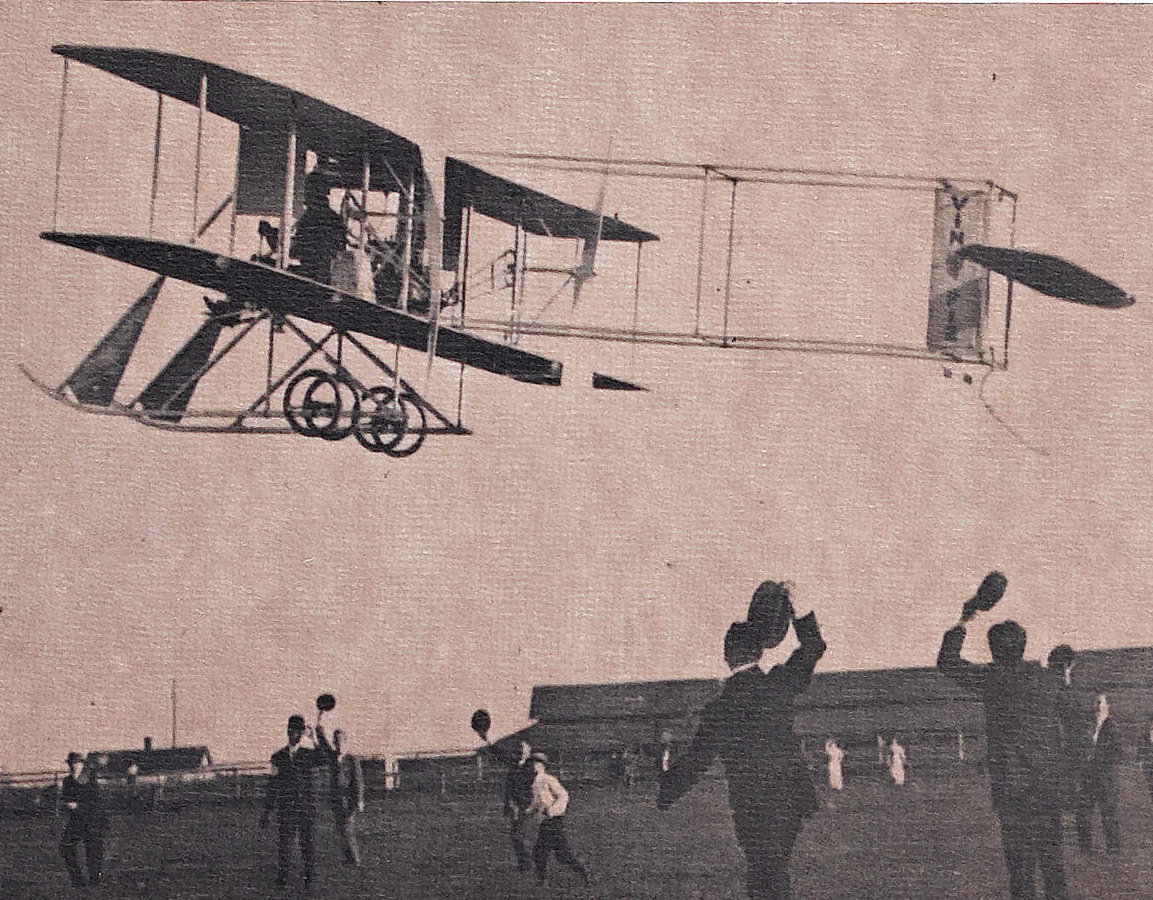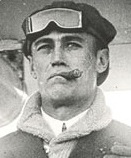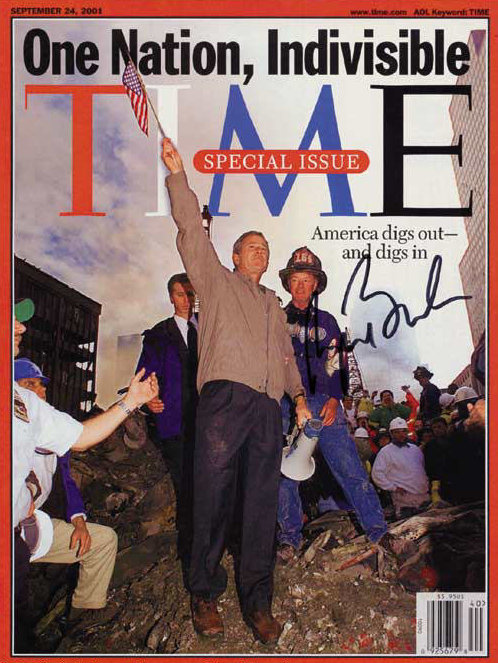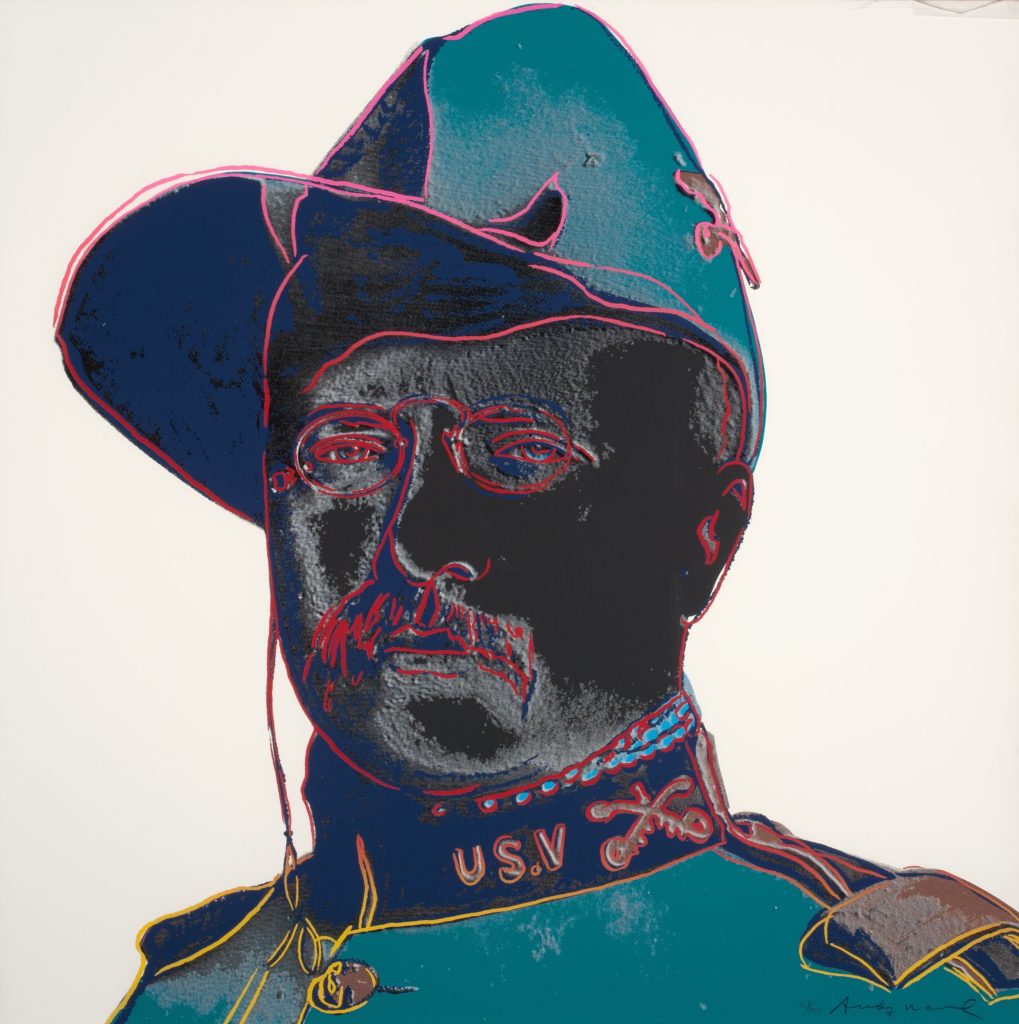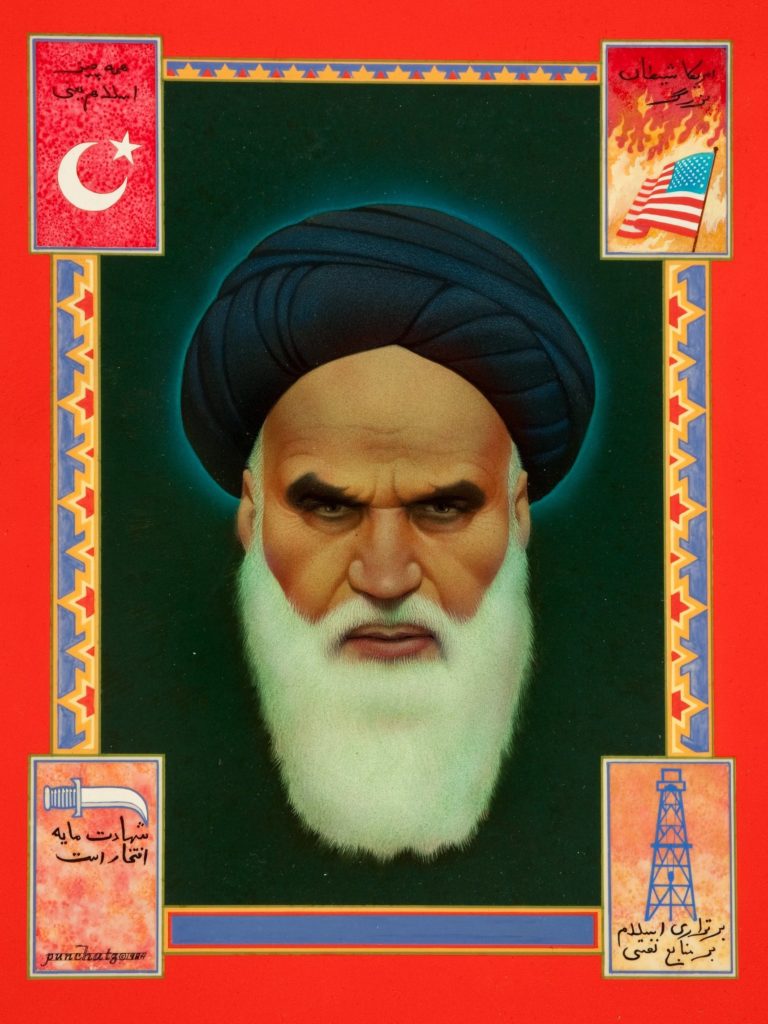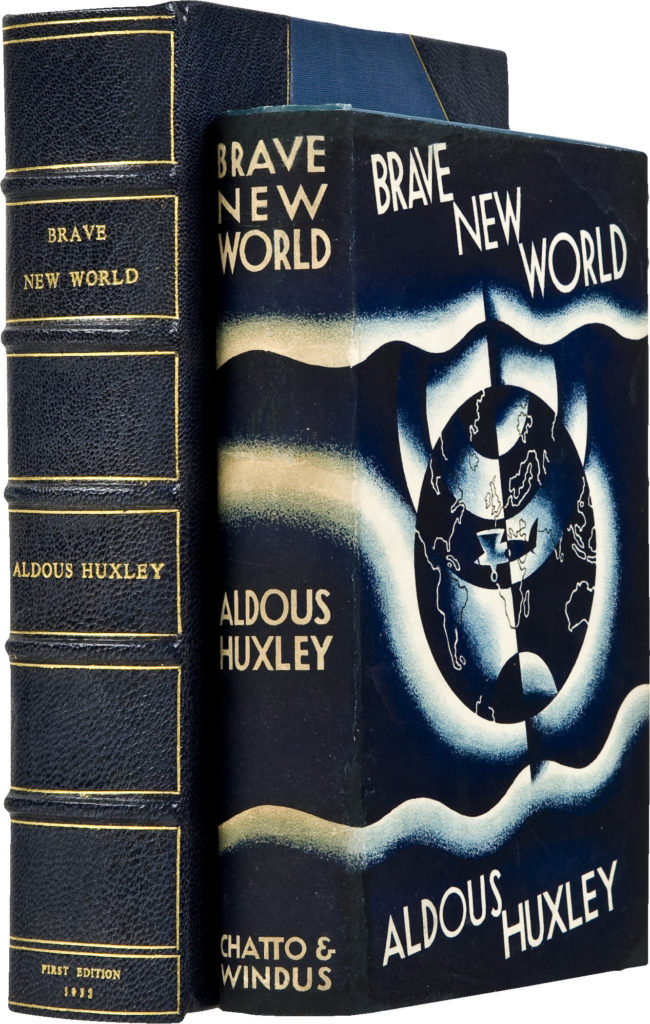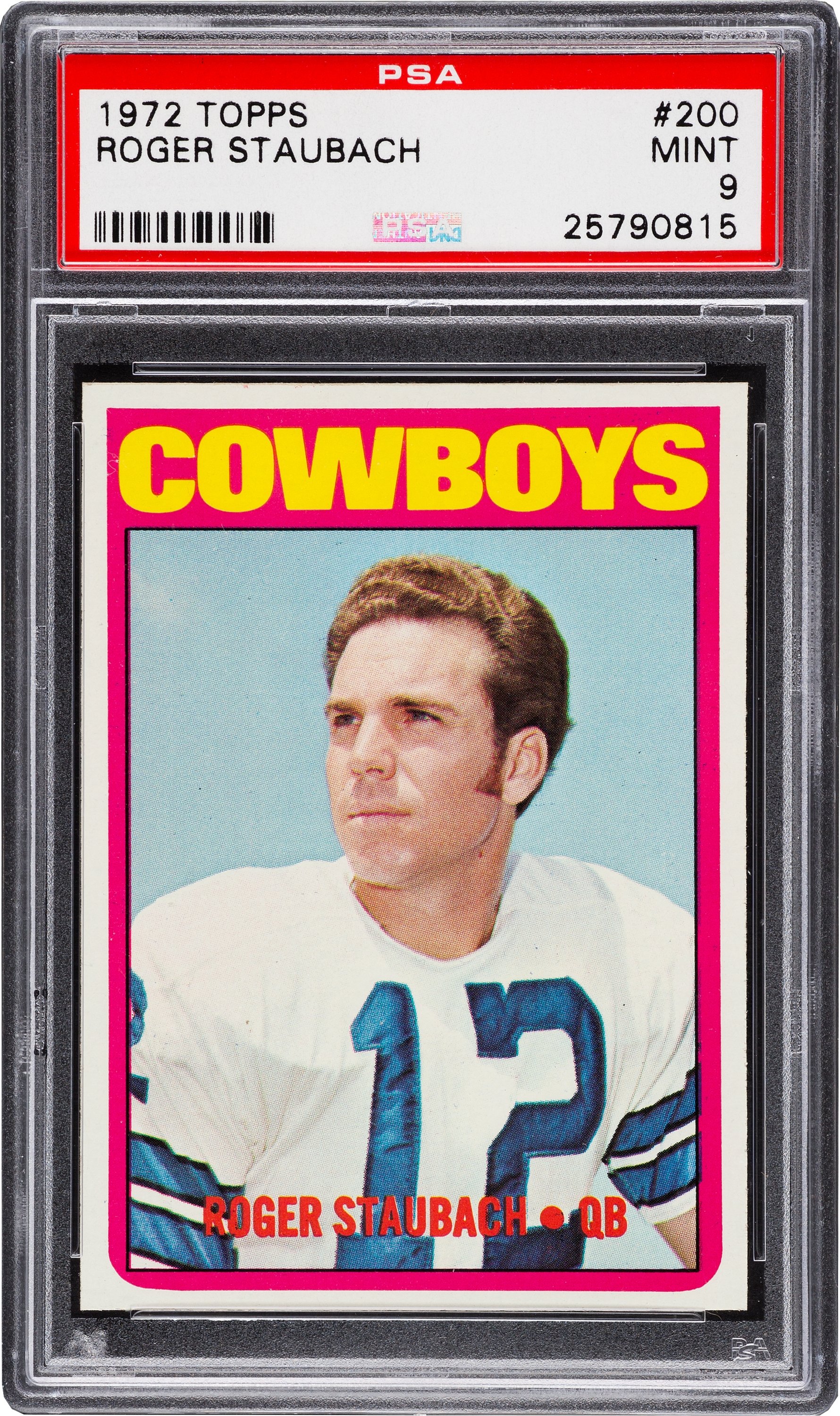
By Jim O’Neal
There were only 32 seconds left in a 1975 playoff game and the Dallas Cowboys seemed hopelessly beaten, trailing the Minnesota Vikings 14 to 10, with no timeouts and the ball at midfield.
Roger Staubach lofted a bomb to Drew Pearson, which he caught with one hand, the ball pinned to his hip, and made it into the end zone.
After the 17-14 win, Staubach said, “You throw it up and pray he catches it. I guess it’s a Hail Mary pass.”
And that’s exactly what such plays are still called today.
♦♦♦
It was July 1976 and the location was the Summer Olympic Games in Montreal.
A 14-year-old gymnast from Romania had just completed one of the team compulsory events on the uneven bars. The routine looked great until her score was posted: 1.00.
 Everyone was confused until they realized the scoreboard clock should have displayed 10.00, a feat that had never been achieved in modern Olympic history. Then the crowd went wild.
Everyone was confused until they realized the scoreboard clock should have displayed 10.00, a feat that had never been achieved in modern Olympic history. Then the crowd went wild.
It seems that Omega had been instructed to assemble a clock with only three digits as a four-digit score was considered impossible. So when all the judges awarded Nadia Comaneci all 10s … well, you get it.
She would earn a 10.00 six more times. And since the minimum age limit to compete is now 16, it appears she has a few records that will never be equaled.
 Intelligent Collector blogger JIM O’NEAL is an avid collector and history buff. He is President and CEO of Frito-Lay International [retired] and earlier served as Chairman and CEO of PepsiCo Restaurants International [KFC Pizza Hut and Taco Bell].
Intelligent Collector blogger JIM O’NEAL is an avid collector and history buff. He is President and CEO of Frito-Lay International [retired] and earlier served as Chairman and CEO of PepsiCo Restaurants International [KFC Pizza Hut and Taco Bell].

